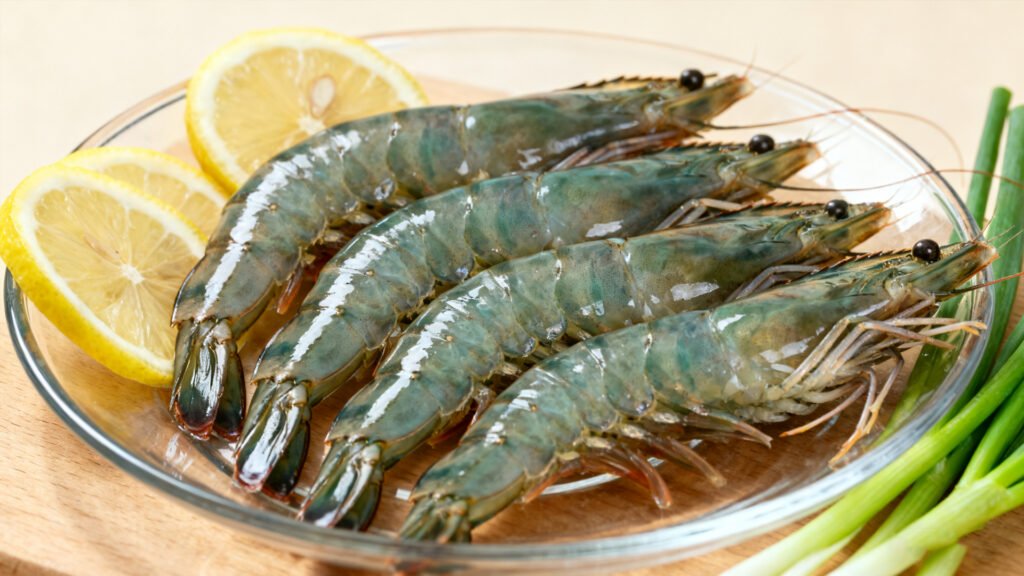
Contact Us through info@lovekonjac.com
Have you ever experienced hives or stomach pain after consuming certain foods? You might be allergic to them. Food allergy is a prevalent condition that affects millions of people across the globe. In this article, we will explore what food allergy is, which foods are more likely to cause it, and the symptoms to watch out for.

A food allergy is an immune system response to specific foods that are typically considered safe. When an individual consumes a food they are allergic to, their immune system mistakenly perceives it as a threat and produces antibodies to combat it. This immune response leads to various symptoms that can affect the skin, respiratory system, and digestive system.

While any food has the potential to cause an allergic reaction, certain foods are more prone to trigger such reactions. The most common food allergens include the following:
Milk allergy is a prevalent food allergy, especially among children. It occurs when the immune system reacts to the proteins present in cow’s milk, resulting in symptoms like hives, swelling of the lips and face, abdominal pain, vomiting, diarrhea, and, in severe cases, anaphylaxis. It is important to note that milk allergy is distinct from lactose intolerance, which is a digestive disorder and not an immune response.

Egg allergy can cause various symptoms such as hives, breathing difficulties, and stomach cramps. In severe cases, it can lead to anaphylaxis, a life-threatening reaction. Diagnosis involves skin or blood tests, and people with egg allergy should avoid eggs and egg-containing products ,including baked goods, mayonnaise, and certain sauces

Gluten in cereals like wheat, barley, and oats can cause an allergic reaction in people with gluten sensitivity or celiac disease. Symptoms include digestive issues, skin rash, headache, and fatigue, and can be severe in some cases. Those affected should avoid gluten-containing foods and seek medical advice if necessary.

Peanut allergy is provoked by specific proteins present in peanuts and can result in symptoms such as hives, itching, swelling of the lips, tongue, or throat, breathing difficulties, abdominal pain, nausea, and vomiting. In severe instances, peanut allergy can trigger anaphylaxis, a potentially life-threatening reaction necessitating immediate medical intervention. Individuals with a peanut allergy are advised to steer clear of peanuts and peanut-containing products, and it is recommended that they carry an epinephrine auto-injector (such as an EpiPen) in case of a severe allergic reaction.


Now that you know you can’t freeze Shirataki noodles, here are some tips for using them in your dishes:
Shirataki noodles are a great low-carb, low-calorie alternative to traditional pasta or noodles. Since they have a neutral flavor, they work well in a variety of dishes.
Crustaceans are a type of shellfish that can cause allergic reactions in some people, including symptoms like hives, swelling, vomiting, diarrhea, and abdominal pain. In severe cases, it can lead to anaphylaxis, a life-threatening reaction. People with a crustacean allergy should avoid all forms of shellfish and carry an epinephrine auto-injector in case of a severe reaction.

Soy allergy is common among children and can cause symptoms such as hives, swelling, and anaphylaxis. Soy is found in many processed foods, so people with this allergy should read labels carefully and avoid soy products. Soy is also used in Asian cuisine, so caution is advised when eating out.


Allergic reactions to sesame seeds can encompass mild symptoms like hives and itching, as well as severe symptoms such as anaphylaxis, which can pose a life-threatening risk. Sesame seeds are utilized in a wide range of foods, including bread, hummus, and salad dressings.
Sulfites are commonly used as preservatives in various foods and beverages, including wine, dried fruit, and pickled foods. Allergic reactions to sulfites can range from mild to severe, with symptoms such as hives, breathing difficulties, and anaphylaxis.


While less common compared to other food allergies, celery allergy can lead to severe symptoms, including anaphylaxis, in certain individuals. Celery is commonly present in soups, stews, and salads.

Molluscs, such as clams, mussels, and oysters, can cause allergic reactions in some people. Symptoms may include hives, itching, swelling, difficulty breathing, and anaphylaxis.
Mustard allergy is becoming more common and can cause mild to severe symptoms such as hives, swelling, and anaphylaxis. Mustard is often used in dressings, sauces, and marinades.


Allergic reactions to nuts can range from mild to severe and may include symptoms such as hives, swelling, and anaphylaxis. Common tree nuts include almonds, cashews, and walnuts, while common groundnuts include peanuts.
Lupin is a legume that is becoming more widely used in food products as a gluten-free alternative. Allergic reactions to lupin can range from mild to severe and may include symptoms such as hives, difficulty breathing, and anaphylaxis

Food allergy is a serious condition that can have a significant impact on your health and quality of life. By learning about the most common food allergens and symptoms, you can take steps to protect yourself and manage your condition effectively. If you suspect that you have a food allergy, don’t hesitate to talk to your doctor about it.
PS:
If you have had allergies to any of the 14 foods mentioned above, you can try our Konjac noodle – our noodles are made from the root of the konjac plant, which is low in calories, high in fiber, and gluten-free,Keto-friendly They are great for those who want to control their weight or have dietary restrictions. Additionally, they are easy to prepare and can be used in a variety of dishes, from stir-fries to soups. Give our konjac noodles a try and make today different!”